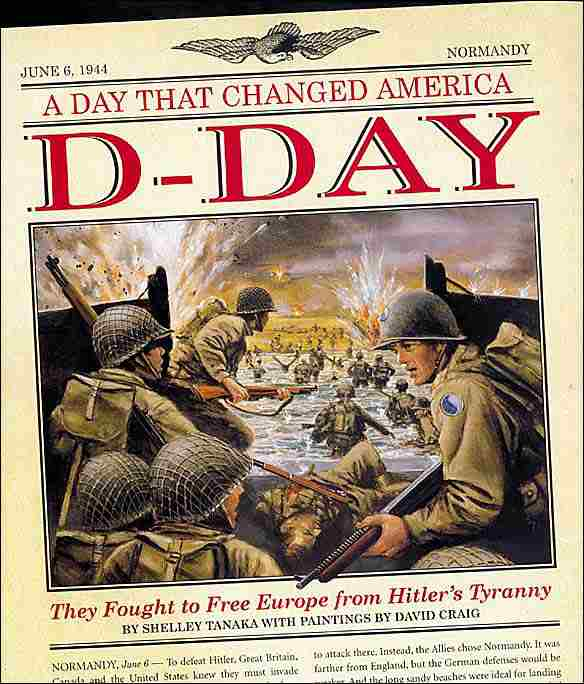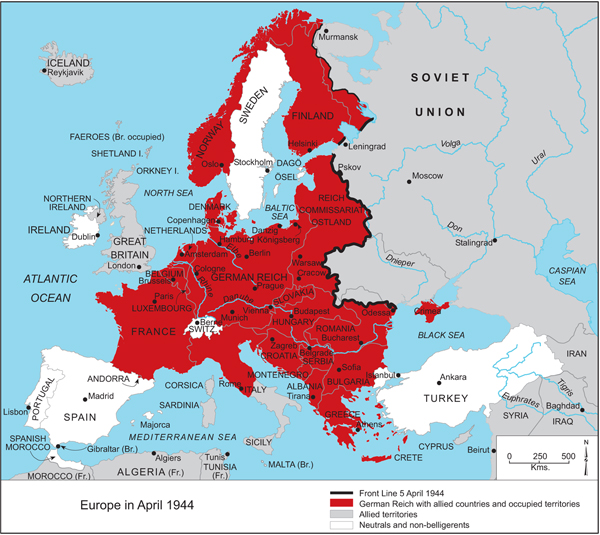The "D-Day" is a military term use to refer the start of any combat operation and / or
attack. Popularly the D-Day is refer to
the 6 of June of 1944, opening day of Operation Overlord; warfare operation
that took place during the 2nd World War on the beaches of Normandy. This
attack was for the attack, invade and
liberate France and Europe German control.
The terms D-Day and H-Hour are terms used when a day or time of an
attack is still not give or when it is in secret, and these must be unique for
all participating units.
The original Day of the Normandy
attack was the 5 of June of 1944, but
poor weather and sea, causing a change for the 6 of June, giving more time to
rehearse the attack acts Because this latter date is popularly known as the
small D-Day









